
As a real estate agent, you’re essentially a one-person show. You’re in charge of everything from marketing to appointment setting, touring, and more.
But emerging technology can make that lonely and sometimes overwhelming reality less so. For example, adopting specialized real estate tools can turn what was once an overwhelming solo act into a seamless automated process.
Essentially, you’re the boss, while AI and automation do all the busy work for you. Pretty cool, right?
Machine intelligence, along with virtual and augmented reality, has changed the face of real estate forever. If you want to take advantage of these tools, you’ll need a high-level view of what’s out there and a clear idea of how it can improve your typical workday.
In this article, we’ll dive deep into virtual reality and examine how it’s transforming the real estate industry. Then we’ll wrap up with a discussion of several other advanced technologies that’ll make your work life much less hectic.
Effortlessly export your Google Docs to WordPress with just 1-click.
Get Started Today
Of all the advancements we’ll discuss, none are more exciting and useful than virtual reality and augmented reality tools.
“Wait,” you may ask, planting your hands on your hips, eyes narrowing in suspicion. “Virtual reality and augmented reality? Aren’t they just different words for the same thing?”
Nope!
While the two services provide similar experiences, key differences are worth pointing out. They’re like cousins — a part of the same family but totally different entities.
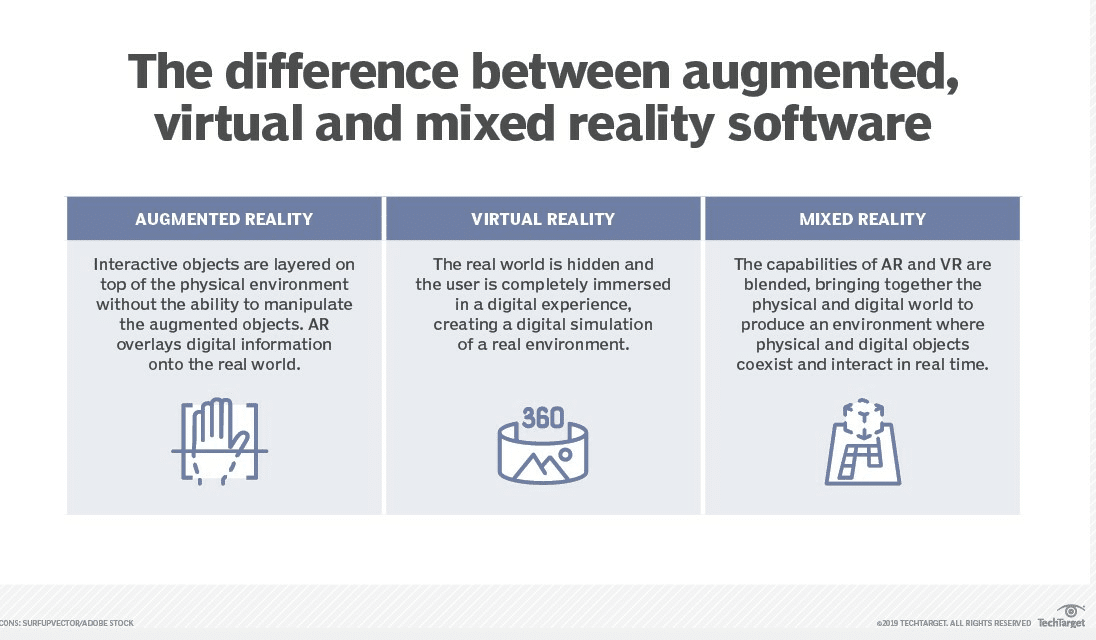
When discussing virtual reality, we’re describing a fully immersive experience. It transports you into a new digital reality through a VR headset or goggles. You can move around 3D models created in a 3D modeling software and see the 360-degree environment with a turn of your head.
Augmented reality is a virtual experience typically viewed through a smart device like a phone or tablet. It shows you the world as it is, but with virtual elements dropped into it.
You know those Snapchat filters you use (or your kids use) that can make you look like a panda bear or a puppy? That’s augmented reality at play.

So, what do virtual and augmented reality have to offer the real estate industry?
In a word: Plenty.
From virtual tours to virtual staging, these new techy tools and tricks are helping savvy agents sell more property faster for higher prices.
On average, homes with a 3D tour sell for 9% more and close 31% faster than homes without virtual tours.
Now that you know the differences between these terms, let’s talk about how to specifically apply them to level up your real estate game.
An exciting advancement virtual reality technology brings to the real estate industry is digital property showcases. Typically, as a realtor, you’re running around all day, every day, showing houses to potential buyers.
That means having open houses. It also means ensuring the properties are pristine and the current occupants find something else to do that day.
However, if your real estate website design features virtual tours, by donning a VR headset, your prospective buyers can explore a 3D rendering of the property from the comfort of their homes. That means you’re cutting out scheduling and travel time, allowing your buyers to explore multiple properties in a fraction of the time.
You can take charge of these sessions through guided virtual tours.
Guided visits are essential 360-degree videos that take the potential buyer through the property. They can turn their heads to look around and feel as though they’re standing in the home.
Buyers can take 3D tours with a smartphone or enhance the experience using a VR headset.
Interactive virtual tours take the concept of guided tour videos to the next level. The prospective buyer can click on certain hotspot areas within the room to move around at will once more, with a full 360-degree view.

In the image above, you can see an example of an interactive virtual tour. You’ll advance further into the room by clicking on the white square hotspot on the floor.
Some prefer this approach because it gives the buyer more control over the tour. If they decide to head back into the kitchen to check out what the cabinets look like, they can do it at will. Additionally, some virtual tours give you the option of opening closets and doors.
A lot of times, you sell listings for communities or homes still under construction. When this happens, selling the full experience to buyers can be problematic because they can’t physically stand within the space and see everything for themselves.
The average American home costs $348,000. That substantial investment means customers will hesitate to sign papers and pay down on a space they haven’t seen in person.
But with VR, you can transport your buyers into a rendering of the completed home. The buyer can then get comfortable in the space and envision what life there would be like without relying on static images on a computer screen.
Contractors can also use this technique to showcase how the home will look after taking their services. It’s an amazing form of contractor marketing.
When a home is up for sale, the sellers and real estate agents will face one of two challenges.
The reason these are challenges is that either way – an empty house or a lived-in house – makes it difficult for potential buyers to envision themselves living there.
Enter: Staging.
Staging is when a company strategically places loaned furniture, household items, and decor to make a home look ready to live in but not necessarily occupied. Think: a picture in a magazine.

But what if the seller still lives in the home? You can’t stage a home easily when the homeowner’s furniture and decor are there.
Solution: Virtual staging.
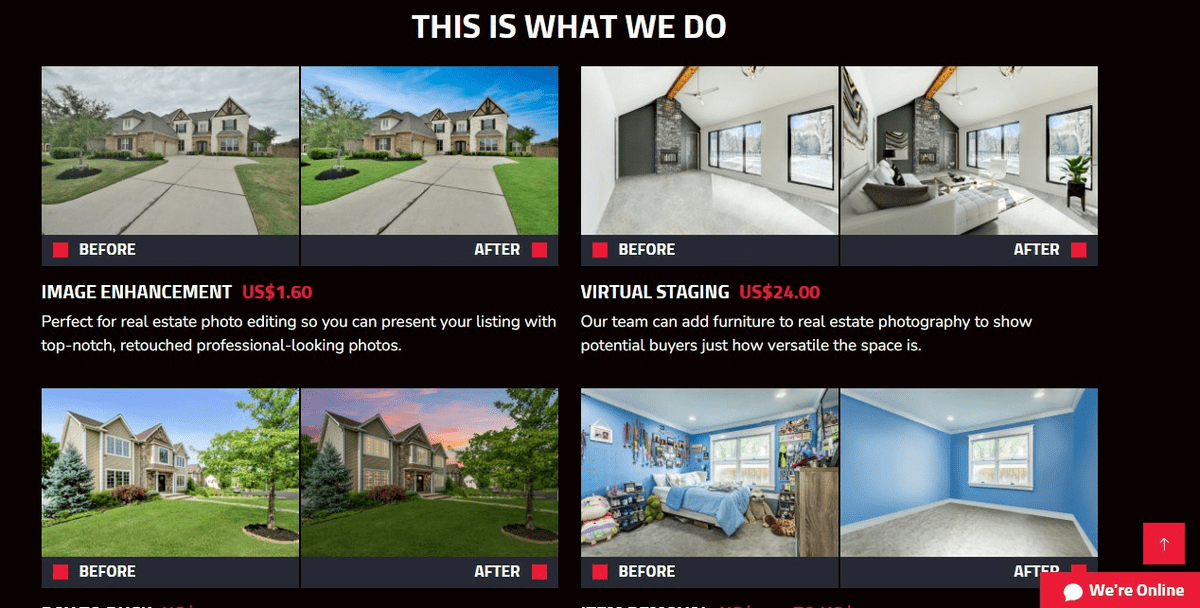
Tech companies have begun partnering with real estate agents to stage homes virtually. They do this by adding furniture and decor to empty homes or by removing the existing furniture and replacing it with a more neutral design. You can see examples in the image above.
They can even stage the exterior of the home by enhancing photos. It’s proven that having exceptional photos of a property helps properties sell 32% faster which is why it is a super important aspect of lead generation for realtors.
So remember these two crucial tips:
These might just save the day for your next listing.
For years, we’ve been hearing about the growing adoption of the Metaverse and how it’ll change the world. This virtual world represents a new market for real estate agents that could add a new branch to your business.
Virtual real estate within the Metaverse.
What is Metaverse real estate? It’s the purchase of virtual property within the Metaverse through the blockchain. It works in the same way NFTs do.
You use a virtual currency like Bitcoin or another cryptocurrency to pay for virtual assets that only exist within a virtual space.
With NFTs, this is usually a piece of virtual artwork. A sort of virtual ownership deed grants ownership in the form of a piece of blockchain code.
Metaverse real estate is the purchase of virtual land. Sold as a parcel (106 yards by 106 yards), a Metaverse home can be someone’s little corner of that world.
It can look something like the image below.
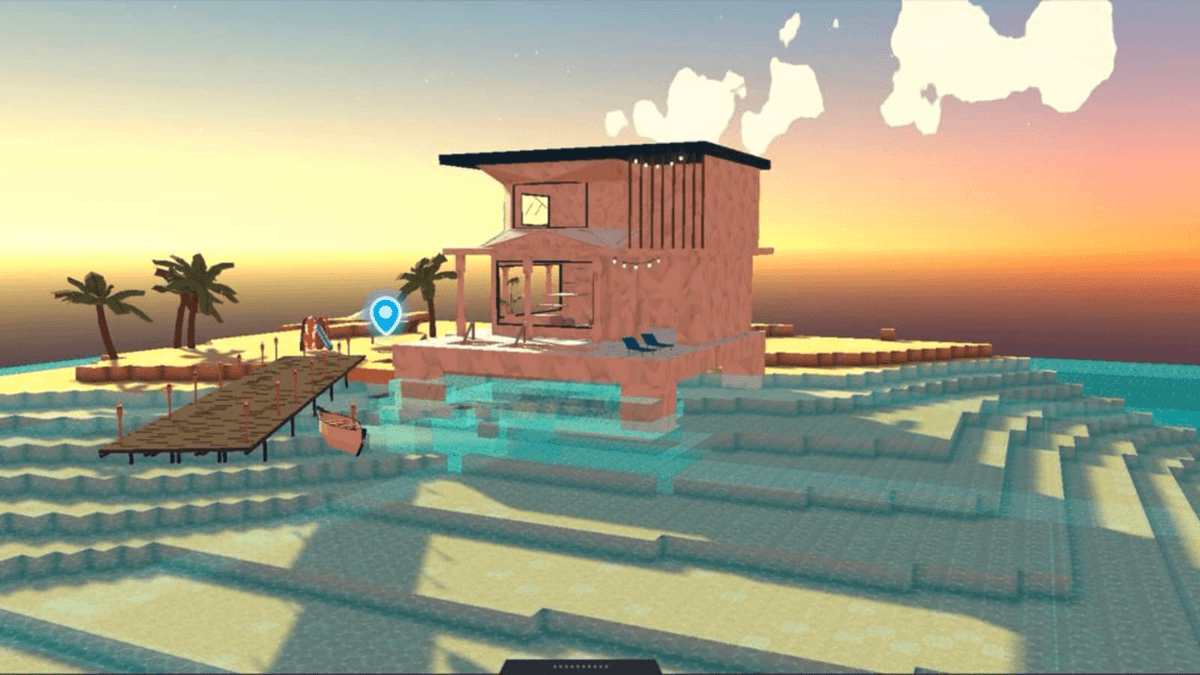
As Metaverse properties become more popular, Metaverse real estate agents are starting to pop up. The price of these Metaverse parcels has exploded in recent years, with one selling for as much as $4.3 million.
You read that correctly — $4.3 million for land that only exists as code in virtual reality. But for the person who owns it, it’s their little slice of paradise.
Metaverse real estate development company Republic Realms closed this sale. Its CEO, Janine Yorio, told CNBC that the plots of virtual land her company sells are going for an average of $300,000.
If you were paying attention earlier, you remember that’s almost the price of the average American home (IRL).
With the popularity of Metaverse real estate, there’s come a demand for Metaverse real estate agents. To succeed in selling Metaverse real estate, you must be familiar with the various crypto assets exchanged in these environments. You also need a strong understanding of the blockchain and keep your eyes and ears open for future metaverse advancements.
When looking into tech to help make the day-to-day operations of your real estate business a breeze, there’s one thing you need to keep front of mind.
Efficiency.
Your entire business should be efficient from top to bottom. Higher levels of efficiency lead to fewer lost or forgotten leads.
How often have you meant to reach out to a potential buyer on a certain day and either forget or get bogged down with other responsibilities?
The solution is automation.
A comprehensive automated system automates everything from generating customer profiles to email marketing. That means if an email blast has to go out, it goes out automatically, with personalization elements like addressing the recipient by name.
When you have a meeting scheduled, the system reminds you and pulls up the prospect’s customer profile. You can then review your notes from previous interactions.
A quality real estate CRM (customer relationship management) will segment your pool of potential sellers and buyers. That means separating them by factors including geographic area, budget, and readiness to buy or sell, making real estate software development an indispensable asset in today’s competitive market.
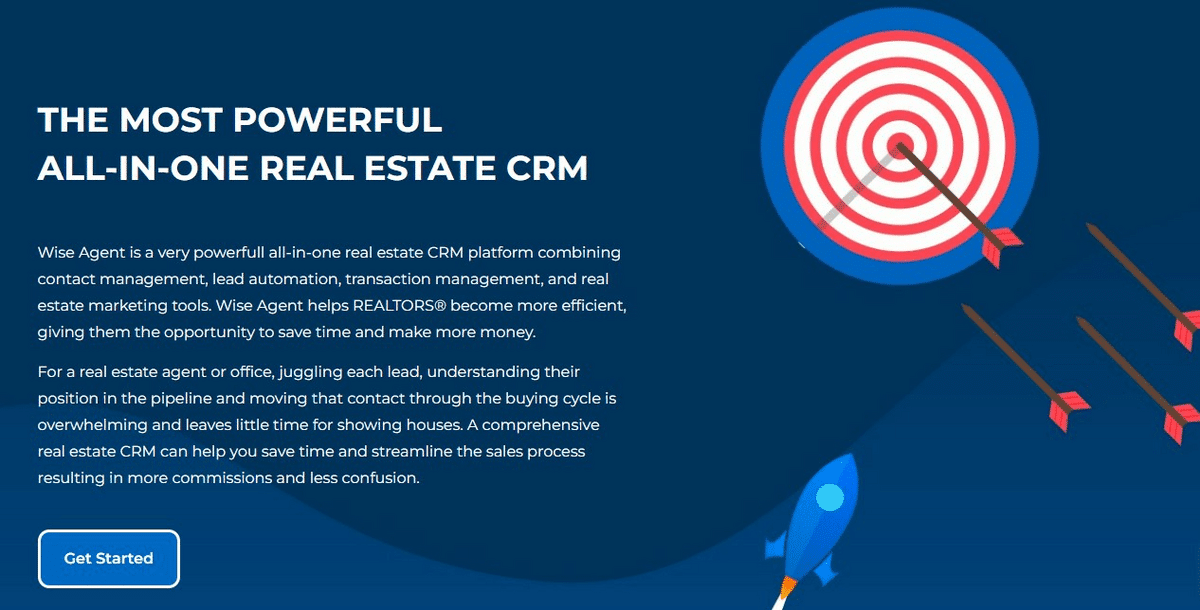
For example, someone you spoke to that wants to see listings with no timeframe or pre-approval letter is a cold lead. You can contact them less often to check the temperature and see where they are.
But someone with a pre-approval letter in hand who knows what they want should be on top of your list for consistent communication.
Your CRM keeps track of this, automatically moving buyers and sellers into different segments when they meet certain criteria. For example, getting a pre-approval letter would certainly move someone up, while three or more unreturned phone calls could move them down.
Ideally, you want a system that lets you handle daily tasks, organize leads, and automatically take marketing actions. These actions can include email blasts and social media posts.
While that sounds like a lot, many CRMs have integrations with other platforms. You can use your CRM as your central “base.” It’s easy to connect your email marketing provider, social media scheduler, project management tool, email inbox, and more into one central system.
Artificial intelligence gets smarter by the day. While the world of science fiction might teach us to fear the rise of AI, for real estate agents, it’s a thing to celebrate.
AI is starting to enter almost every industry, with AI assistants, chatbots, and even personal shoppers changing the business landscape. The AI market in 2023 is worth around $207 million. However, by 2030, that’s expected to grow to over $1.847 billion.
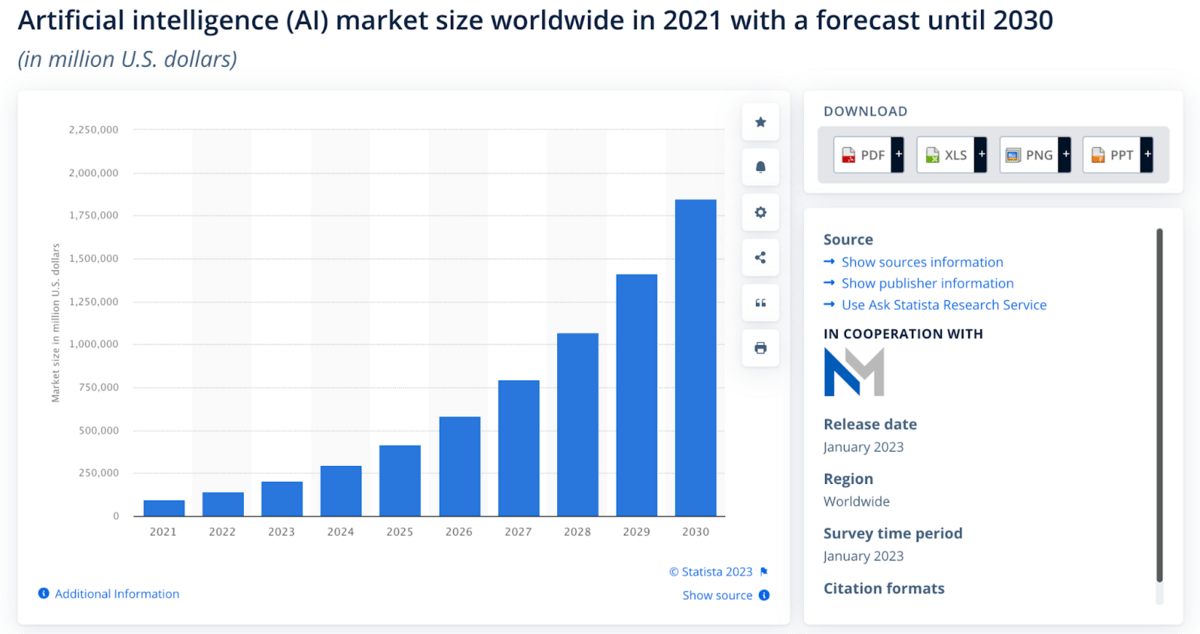
In other words, this isn’t going away. Much like SEO and social media weren’t fads that eventually died out. AI enhancements to industries like real estate are here to stay.
But what can AI services do for your real estate business?
For starters, installing an AI chatbot on your website can help you field inquiries from potential buyers and sellers 24/7. Machine learning helps these systems understand the behaviors of your target audience the more they interact with them.

With advancements like guided conversations and Natural Language Processing (NLP), many prospects won’t even know they’re talking to a bot.
On top of that, AI can be an analytics generation gold mine. With data on your local real estate market and the preferences of buyers and sellers, your marketing will be more effective. It also comes in handy when anticipating their needs.
A 2022 study found that artificial neural networks (ANNs) “could appropriately estimate the housing prices currently available on the market, according to the findings of the assessments of the model.”
Companies like Zillow, Compass, and Loansnap are using AI to compress and analyze data points for customers in order to find the best solutions for them in almost no time at all.
These lightning-fast services also extend to predictive insights. Insights include how the market will change, what properties will most likely become available soon, and what property values will be.
With AI feeding data on the market, agents and brokers can accurately predict income shifts to better allocate expenses like marketing budgets. Foresight based on facts will always trump following a “gut feeling.”
Technology continues to shape our world, from how we work to how we play. And the real estate industry, like many others, is constantly in flux. Combine the two, and you have a recipe for magic or chaos.
Like it or not, the real estate industry relies on technology, and that dependence is only getting stronger.
Adapt to tech advancements like virtual reality assets, and you’ll keep up with your competitors. Don’t be left in the dust. Adjust your view of reality to include all the versions of your success – virtual, augmented, and IRL.